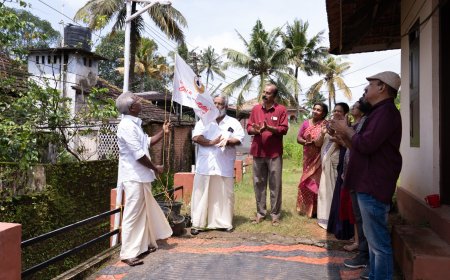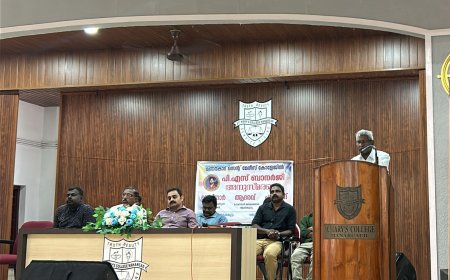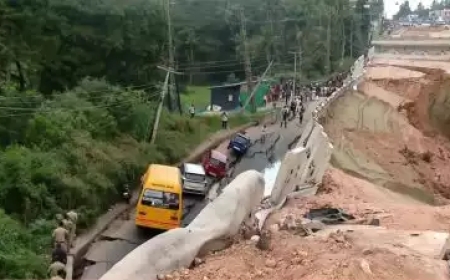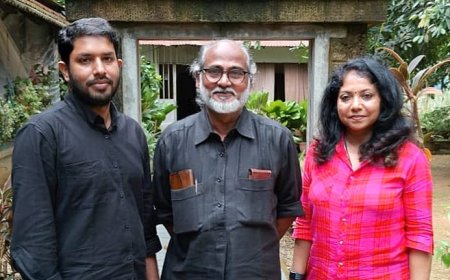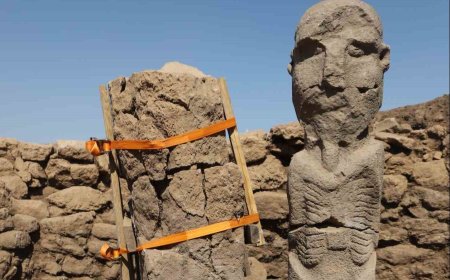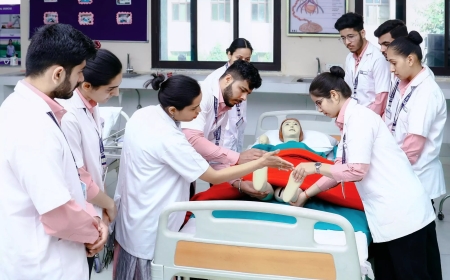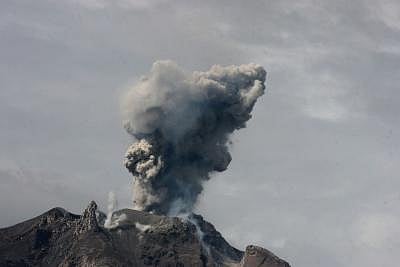1st lesson in crowd control – Let’s control ourselves

A STAMPEDE during Royal Challengers Bengaluru’s victory celebrations (IPL 2925) outside the Chinnaswamy Stadium claimed 11 lives last week and injured several others.
Stampedes are recurring tragedies in India. A study by French and Spanish researchers suggests that patterns emerge in tightly packed crowds. The correct identification of these oscillations and monitoring via drones and CCTVs, can ensure crowd control and safety during mass gatherings, it says.
The statement "Let's control ourselves" should be the first lesson in crowd control, suggesting that individual self-regulation is a crucial starting point for effective crowd management.
While this is true in the sense that individual behaviour greatly impacts the overall dynamics of a crowd, it's only one component of a comprehensive approach to crowd control. Effective crowd management involves a combination of individual self-control, strategic planning and proactive measures to ensure safety and order.
Self-control as a foundation: Individuals have a responsibility to be mindful of their actions and their impact on others in a crowd.
This includes respecting personal space, avoiding actions that could endanger others, and cooperating with instructions from event organizers or security personnel
Published in Nature in February, the study analysed video footage from Spain’s San Fermin festival, popular for its running of the bulls event held in July every year.
Researchers found that when crowds reached a certain density, spontaneous and rhythmic patterns emerged. Termed ‘collective oscillation’, the crowd self-organised, and began forming involuntary large-scale, wave-like patterns.
Several stampedes occurred in India this year. On 15 February, a stampede at the New Delhi Railway Station killed 18 people, including many passengers who were travelling to the Maha Kumbh Mela in Prayagraj, which also experienced a stampede in January. At least 30 people died at the religious gathering as crowd management measures failed.
While these events haven’t undergone any scientific scrutiny, the observations from the study in Nature have the potential to help organisers prevent the next stampede.
In an interview with The New York Times, France-based physicist Dr. Denis Bartolo, who co-authored the study, said that he placed cameras across the plaza to film the movements of the crowd below.
At first, it seemed “erratic, chaotic, turbulent”. But Bartolo and his team applied fluid dynamic techniques to “measure the flow of a material by inspecting its direction and velocity”.
Similar orbital motions, which took 18 seconds to complete in that particular plaza, were detected right before a stampede that took place at the 2010 Love Parade in Duisburg, Germany, the study shows. The researchers found that above a critical density of people, these oscillations emerge almost organically, without any external guidance.
These oscillations are caused by random interactions between people — a slight nudge to gain space, a shuffling of feet, or even an adjustment of posture. These “odd frictional forces” provide a sort of collective quality to the crowd, leading the mass to exhibit properties similar to fluids.
By mapping where and when oscillations start, organisers of mass events can use monitoring tools, like drones or CCTVs, to identify areas in the crowd before a disaster occurs. If these circular motions are detected, the relevant action can be taken, thereby averting stampede-like situations.
A similar study, published in Nature in December 2024, studied how crowds behave in marathon events, where groups of runners move in the same direction. Particularly, the goal was to “investigate the impact of race staff on crowd dynamics”.
Similar to ripples in water, the simulations showed wave-like patterns coursing through the crowd. “We can very clearly observe that starting from the initial homogeneous and random velocity of particles, density and velocity patterns are formed,” read the report by researchers from the Indian Institute of Technology-Banaras Hindu University.
But an NYT report warned that real-world applications may be limited: “It’s one thing to have a well-lit venue filmed with high-quality cameras. But grainy nighttime security footage, for instance, may not reveal the telltale circular movements.”
However, recognising that patterns form right before stampede-like events is the first step to building effective crowd management techniques.
Let's work together to prevent such incidents in the future by exercising self-control and responsible behaviour.




